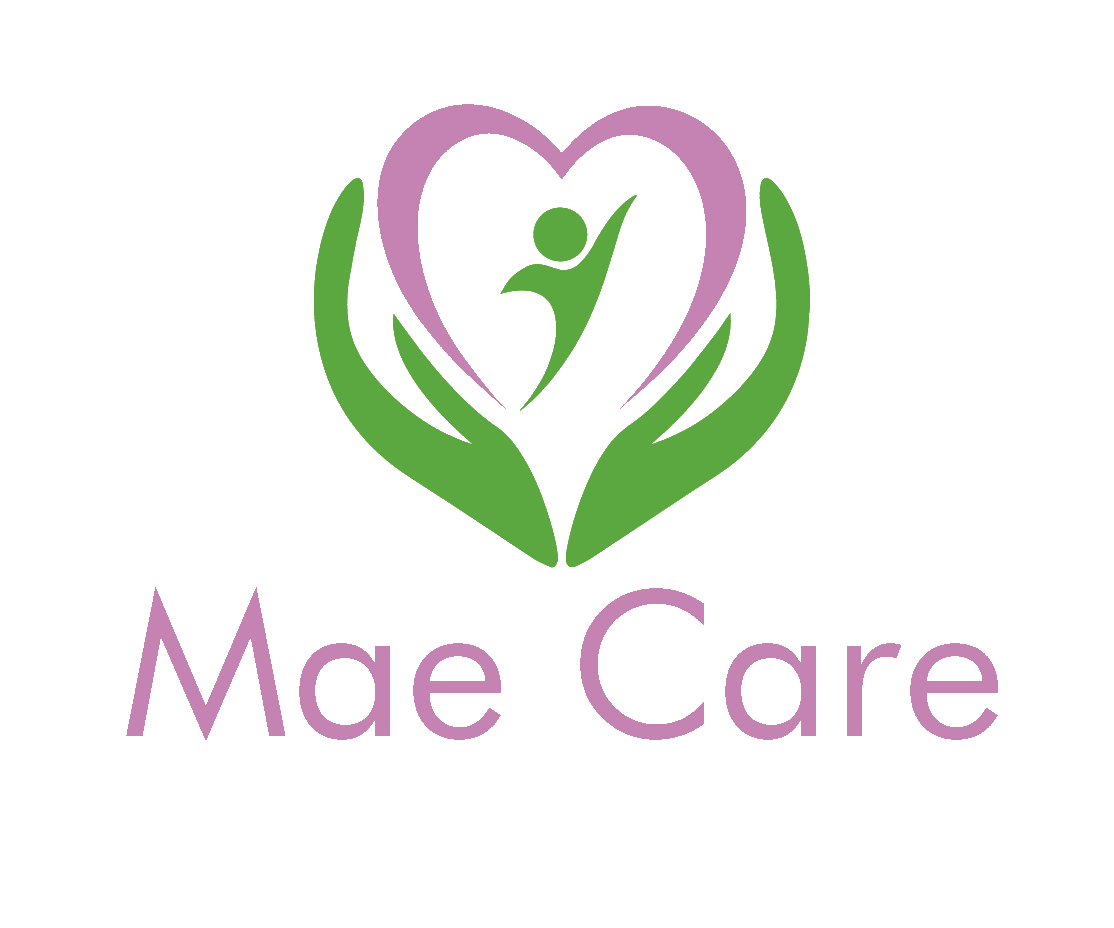Hyper or Hypo : Would you know the difference?
Hyperglycaemia is high blood sugar, while hypoglycaemia is low blood sugar. Because both can cause major health issues for people with diabetes it is important to keep blood sugars in a healthy range.
Hypoglycaemia is low blood sugar; this is usually where your blood sugar is be low 4mmol/L. It needs to be treated quickly to prevent it getting any worse. If you have severe low blood sugar, you may have a seizure or become unconscious. Hypoglycaemia symptoms are hunger, irritability, trouble concentrating, fatigue, seating, confusion, fast heartbeat, shaking and headache.
Hyperglycaemia symptoms are extreme thirst, dry mouth, weakness, headache, frequent urination, blurred vision, nausea, confusion and shortness of breath.
If you have diabetes and get symptoms of low blood sugar (a hypo) or your blood sugar is below 4mmo/L :
Eat or drink something that will raise blood sugar levels quickly, such as a small glass of fruit juice or sugary fizzy drink, dextrose tablets, jelly babies or tubes of glucose gel.
Check blood sugars after 10 minutes, if blood sugars are still low drink another fruit juice/fizzy drink or snack. Once symptoms have improved and blood sugars have risen above 4mmo/L eat something that will keep blood sugars up for longer such as some biscuits, a sandwich.
To prevent blood sugars becoming too high it is important to eat a balanced diet, choosing foods which are lower on the glycaemic index (GI) can help.
Increasing fibre in your diet can help slow down how quickly carbohydrates are digested, which can help limit the raise in blood sugar levels after eating.
If blood sugars become too high, above 11mmo/L (after a meal), lower your carb intake avoid, sugary foods, drink more water to flush out the body, exercise can help. If you are feeling sick, being sick or have stomach pain , you are feeling drowsy, your breath has fruity smell (like pear drops), you feel confused these could be signs you are becoming seriously unwell and may need medical attention.
Tracy’s Topic, February Staff Newsletter


